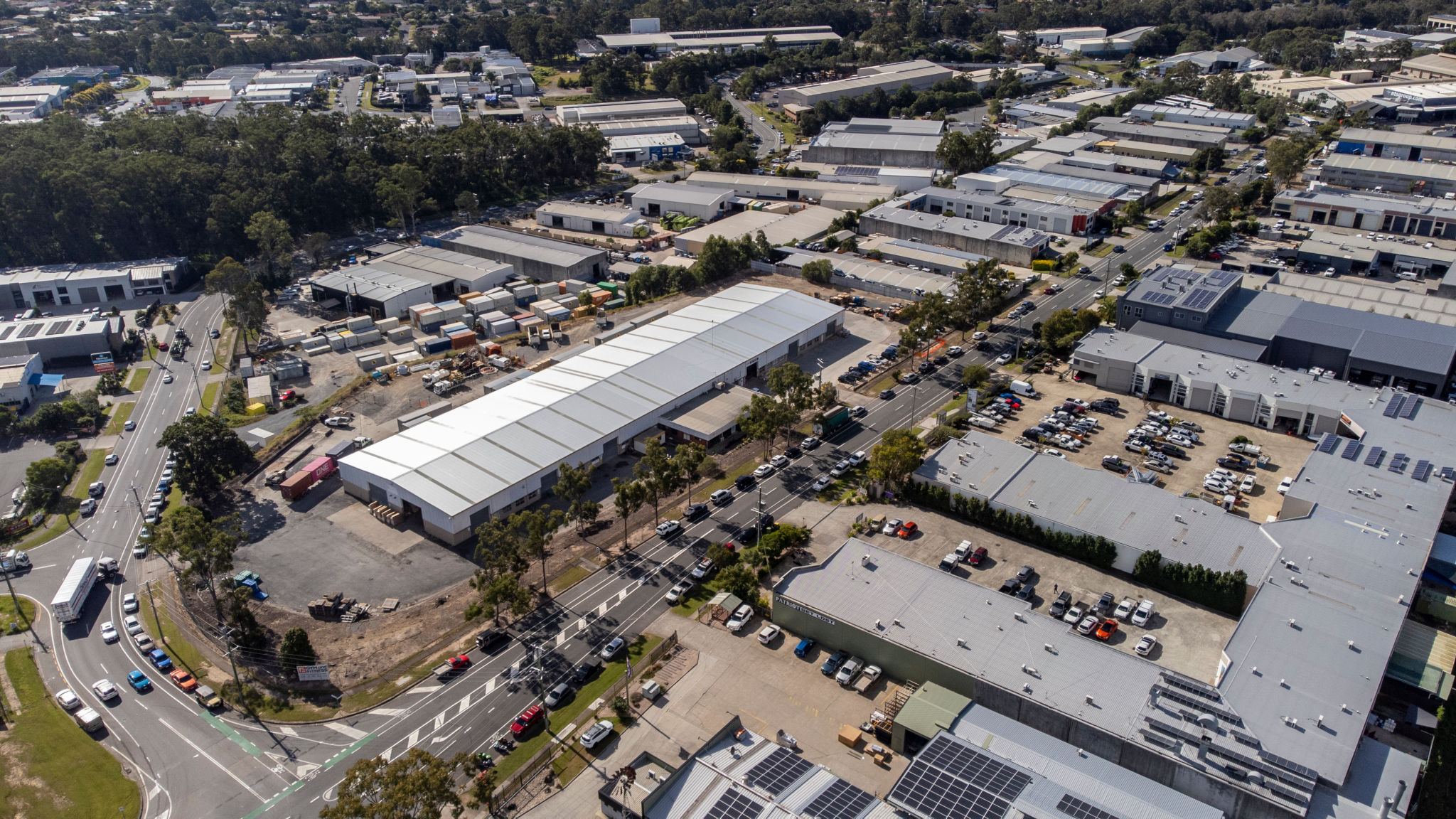What 20 Years of Property Data Can Teach Smart Investors in 2025
If you’ve ever been told, “property doubles every 10 years”, you’ll know it’s a line thrown around Australian barbecues more than a sausage on bread. But what does the actual data from the past two decades say — and what can you, as a first-home buyer or foundational investor, learn from it?
As a professional buyer’s agent, let me break it down in plain English — no fluff, no real estate clichés. Just what the numbers show and how you can position yourself to benefit in today’s market.
Farmland Leads, But Residential Property Still Wins for Accessibility & Long-Term Growth
The surprise MVP of Australian real estate over the last 20 years? Farms.
According to the Australian Property Institute, agricultural land values rose a jaw-dropping 256%. But let’s be real — most of my clients aren’t about to start growing wheat in Wagga.
What matters for foundational investors and first-home buyers is that residential property still delivered a solid 154% growth over the same period — averaging 8% a year. That’s comfortably ahead of inflation (which clocked in at 67%) and outperformed commercial office property (143%).
Lesson: Land remains scarce, people always need homes, and owning residential real estate in the right areas has consistently proven a safe, wealth-building strategy.

The Rise of Smaller Cities: Ignore Them at Your Peril
Here’s what most Sydney and Melbourne buyers don’t realise — Adelaide houses recorded the highest capital growth (175%) over 20 years. Hobart followed close behind at 172%.
And while Sydney still carries the highest median prices, the smaller capitals have quietly outpaced it in percentage growth.
Why? Migration patterns, affordability pressures, and infrastructure projects in smaller cities are driving new demand corridors.
Investor takeaway: The old ‘stick to Sydney and Melbourne’ rule is dead. In 2025 and beyond, smart foundational investors need to target growth corridors within smaller cities and emerging regions where demand is rising but prices haven’t peaked.
Units vs Houses: The Gap is Closing
For decades, houses were the obvious outperformer. But in the past year, something interesting happened — unit prices in Brisbane jumped 17%, ahead of houses at 13%.
Why?
- House prices are increasingly unaffordable for first-home buyers.
- Limited new apartment builds are creating scarcity.
- Renters and downsizers are driving new demand for quality, well-located units.
My view: While houses still deliver superior long-term growth, investors should start factoring select units into their strategy, particularly in markets like Brisbane, Adelaide, Perth and South-East Queensland, where supply pipelines are tight, and rental demand is booming.

Industrial Property: The Quiet Achiever
Industrial property (think warehouses, logistics hubs, data centres) clocked a 164% rise over 20 years — and it's not done yet.
COVID pushed online shopping into overdrive, and last-mile delivery hubs in city fringe areas are now gold.
While most first-home buyers aren’t buying warehouses, investors with growing portfolios should keep an eye on industrial REITs or land suitable for future logistics hubs, especially as population and e-commerce growth remain relentless.
Residential Property vs Shares: The Long Game Still Favours Bricks & Mortar
Over the last 50 years, Sydney house prices grew 3800%. Brisbane houses? 3500%.
In comparison, the All-Ordinaries index returned 3120% over the same time (excluding dividends).
Yes, shares are liquid, and returns compound quicker when reinvesting dividends — but for wealth security, leverage opportunities, tax benefits, and capital growth, property has proven consistently resilient, especially during inflationary cycles like we’re experiencing now.
If you’re building a foundational portfolio in 2025, property remains a cornerstone asset class.

Where The Smart Money’s Moving in 2025
- South-East Queensland continues to lead for regional growth. Coolangatta, Maroochydore, and Tweed are outperforming thanks to lifestyle appeal, infrastructure, and affordability.
- Brisbane inner-ring suburbs (like Woolloongabba, East Brisbane, and Kangaroo Point) are primed for a post-Olympics boom.
- Adelaide and Perth are offering rare value in capital cities — strong yields, affordable buy-in prices, and rental demand outpacing supply.
- Quality units in tight supply cities are becoming a solid secondary option for first-home buyers priced out of detached housing.
Final Thoughts: How You Should Move in 2025
The last two decades confirm one simple truth — property done right, in the right locations, outpaces inflation, shares, and most other asset classes.
But this isn’t about chasing the highest growth chart from the past. It’s about identifying where the next 10–20 years of demand will come from.
As a buyer’s agent working nationwide, my job is to:
- Spot the next Coolangatta, Kangaroo Point or Seaford before the masses.
- Help clients secure foundational properties in growth corridors that deliver both capital growth and rental yield.
- Navigate grants, incentives, and lending structures to maximise your position.
Want to position yourself smartly in this shifting market?
Let’s map out a strategy based on where the data — and future infrastructure investment — is pointing, not just what made headlines last year.
Book Your Free Property Strategy Call
Stop guessing. Start investing strategically. Whether you're a first-home buyer or investor, I'll help you build a clear, data-backed property plan designed for long-term wealth.
Book your complimentary session here.
Reference: https://www.afr.com/wealth/personal-finance/how-to-invest-property-australia-2025-20250527-p5m2ps